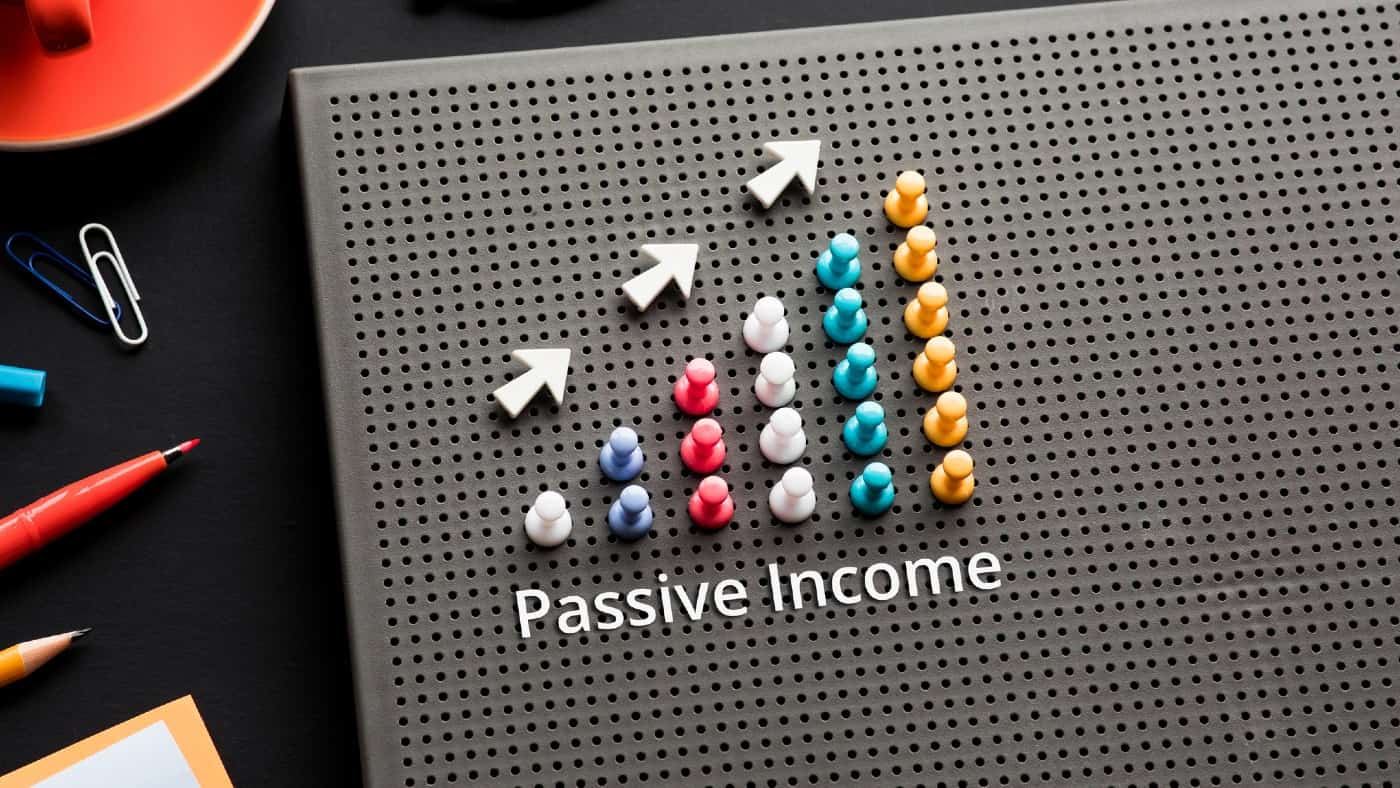Creating a lucrative passive income stream isn’t easy and can take a long time. However, there are tips and tricks to make the process as efficient and profitable as possible.
Maximise potential returns
The first thing I think a UK investor should do is open a Stocks and Shares ISA to benefit from tax savings. An ISA allows up to £20,000 to be invested a year with no tax levied on the returns.
For UK residents it’s easy enough to open one via a bank or through a variety of financial institutions. Read this guide for more information on a Stocks and Shares ISA specifically.
Please note that tax treatment depends on the individual circumstances of each client and may be subject to change in future. The content in this article is provided for information purposes only. It is not intended to be, neither does it constitute, any form of tax advice. Readers are responsible for carrying out their own due diligence and for obtaining professional advice before making any investment decisions.
Selecting the right shares
Investors typically build a diversified portfolio of growth stocks and dividend shares. Growth shares have the potential to provide better returns but can be volatile during times of economic uncertainty. For long-term stability, it’s critical to include a broad mix of shares from various industries. Consider the following two examples.
BT Group
With a yield of 7.38%, the UK’s largest telecoms company is a promising dividend stock. Although the share price has struggled for a few years, its fortunes could turn around soon. BT Group (LSE:BT.A) is transitioning the UK to a fully digital telephone network this year.
If things go well, it stands to attract significant investor interest. If not, it could lose value.
When it comes to dividend shares, it’s important to always keep an eye on performance. If profits fall, dividends can be cut. This could require selling shares and replacing them with a more profitable stock. Since payments aren’t always guaranteed, a mix of stocks with 6-7% yields could accrue a conservative average of 5% annual dividend returns.
BAE Systems
Europe’s largest defence contractor is a well-established company with a share price up 182% in the past five years. With strong financials and a track record of consistent growth, BAE Systems (LSE:BA.) I think exhibits the characteristics of a stable and solid investment.
Yet while dividend payments are stable, the yield is only 2.2%, so it offers little in the way of returns there.
That said, major Swiss investment bank UBS recently reaffirmed its ‘buy’ position on BAE Systems, with a target 14% above the current price. When evaluating shares, I feel it’s always good to check the positions of major brokers.
A heightened need for defence means BAE is currently doing well. During more peaceful times, demand for its services would likely drop. When assessing shares, it’s important to ascertain whether any external factors could affect the price.
Reinvestment and contributions
For maximum returns, it’s best to reinvest dividends and add monthly contributions.
In one example, I invest £17,000 into a portfolio with an expected annual share price increase of 6% and an average 5% dividend yield. After 30 years, my investment could grow to £97,639, providing annual returns of £4,605.
That’s not bad, but it could be much more. Say I add £200 a month to the ISA and adopt a dividend reinvestment program (DRIP). In 30 years, it would be £885,626 with annual returns of £40,502 – or £3,375 a month. In 40 years it could be £2,576,480, returning £118,041 annually – or £9,837 a month!
This huge difference reveals the importance of investing as early as possible







